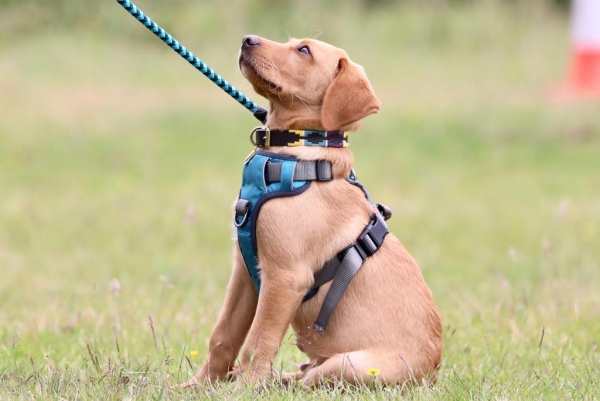Forceful behavior in dogs can present serious difficulties for proprietors, requiring particular training programs to address and alter such direct. The discipline elements of dog training programs require a nuanced approach that joins behavioral science, positive reinforcement, and a profound understanding of canine brain research. Successful dog training starts with an exhaustive evaluation of the main drivers behind the forceful behavior. It is significant to recognize dread based aggression, regional aggression, and different triggers to fit the training program to the particular necessities of the dog. A professional dog trainer with skill in aggression elements can lead a careful assessment, assisting with distinguishing the basic issues adding to the dog’s forceful propensities. One vital guideline of effective dog training programs is the consolidation of positive reinforcement procedures. In opposition to obsolete corrective strategies, positive reinforcement centers around remunerating beneficial behaviors as opposed to rebuffing undesirable activities. Consistency in upholding rules, giving positive reinforcement, and it is central to rehearse patience.
Dogs, similar to any living creatures, answer all the more positively to consolation and prizes, encouraging a better and really confiding in relationship between the proprietor and the pet. Organized obedience training is an essential part of dog training programs. Showing essential commands like sit, remain, and review lays out an establishment for communication as well as helps in diverting the dog’s consideration during possibly forceful circumstances. Reliable reinforcement of these commands builds up the dog’s understanding of anticipated behavior and encourages a feeling that all is well with the world. Desensitization and counterconditioning are useful assets inside the discipline elements of dog training. Certified Canine Training and Boarding Programs include continuously presenting the dog to upgrades that trigger forceful responses in a controlled and positive way. By partner these upgrades with positive encounters, the dog figures out how to supplant forceful reactions with quiet and controlled behavior. This interaction requires patience and skill, as surging desensitization can intensify aggression as opposed to mitigate it. At times, behavior change using quieting signs and non-verbal communication can assume a vital part in discipline elements.
Dogs are exceptionally sensitive to visual and hear-able signs, and understanding their non-verbal communication can help trainers and proprietors foresee and diffuse possibly forceful circumstances. By advancing quiet behavior and giving suitable outlets to energy, proprietors can add to an additional decent and balanced pet. It is fundamental for proprietors to effectively take part in the training system. Furthermore, schooling about canine behavior and viable communication strategies can enable proprietors to assume a functioning part in keeping up with the advancement accomplished through the training program. Dog training programs dig into the discipline elements expected to address and change testing behaviors. By consolidating positive reinforcement, obedience training, desensitization, and proprietor schooling, these programs endeavor to make an amicable relationship among proprietors and their pets. An empathetic and informed approach, directed by the standards of behavioral science, can change a dog into a composed and dutiful companion, cultivating a more secure and more joyful living environment for both the dog and its proprietor.



